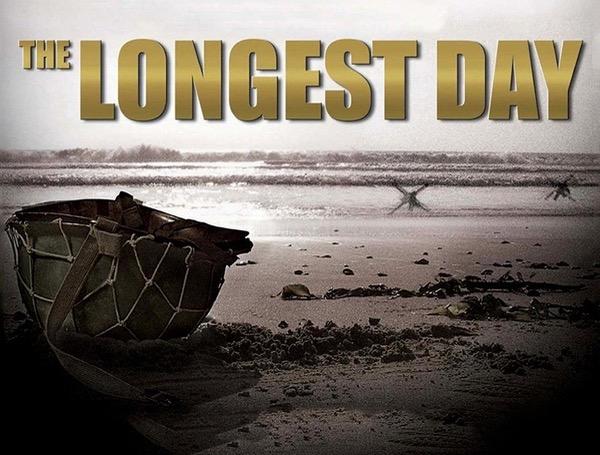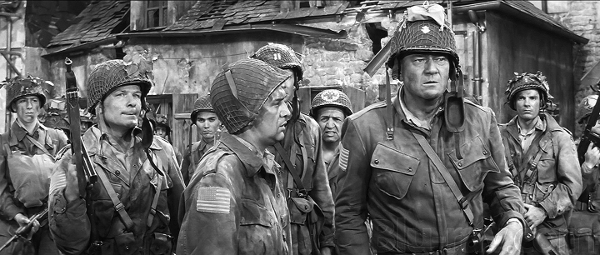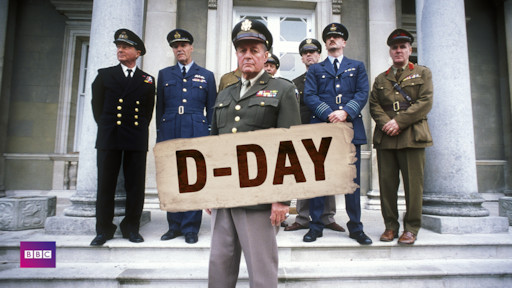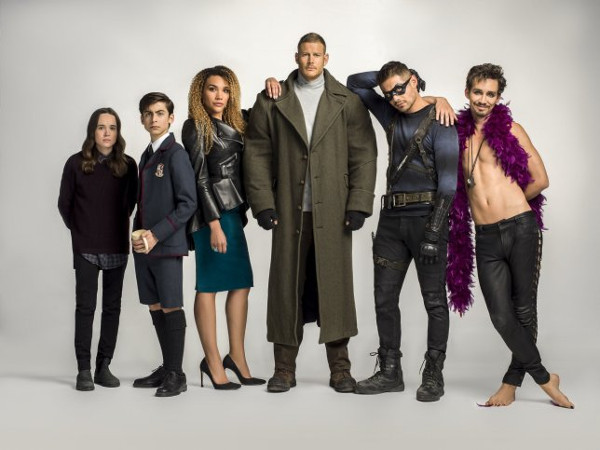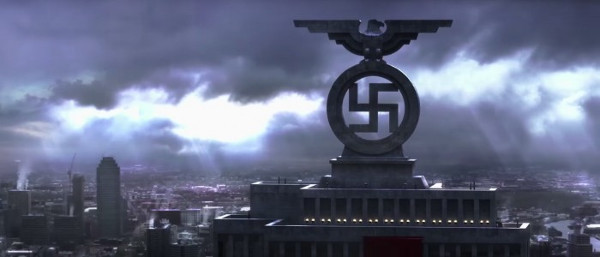I am a real fan of Dunkirk. It is a cinematic tour de force, has a great soundtrack, and leaves you emotionally exhausted at the end.
Since you included an old black and white movie, I can't recommend William Wyler's "The Best Years of Our Lives" too much. It deals with the aftermath of WWII but touches on themes which are timeless for returning soldiers and much of it rings true today.
